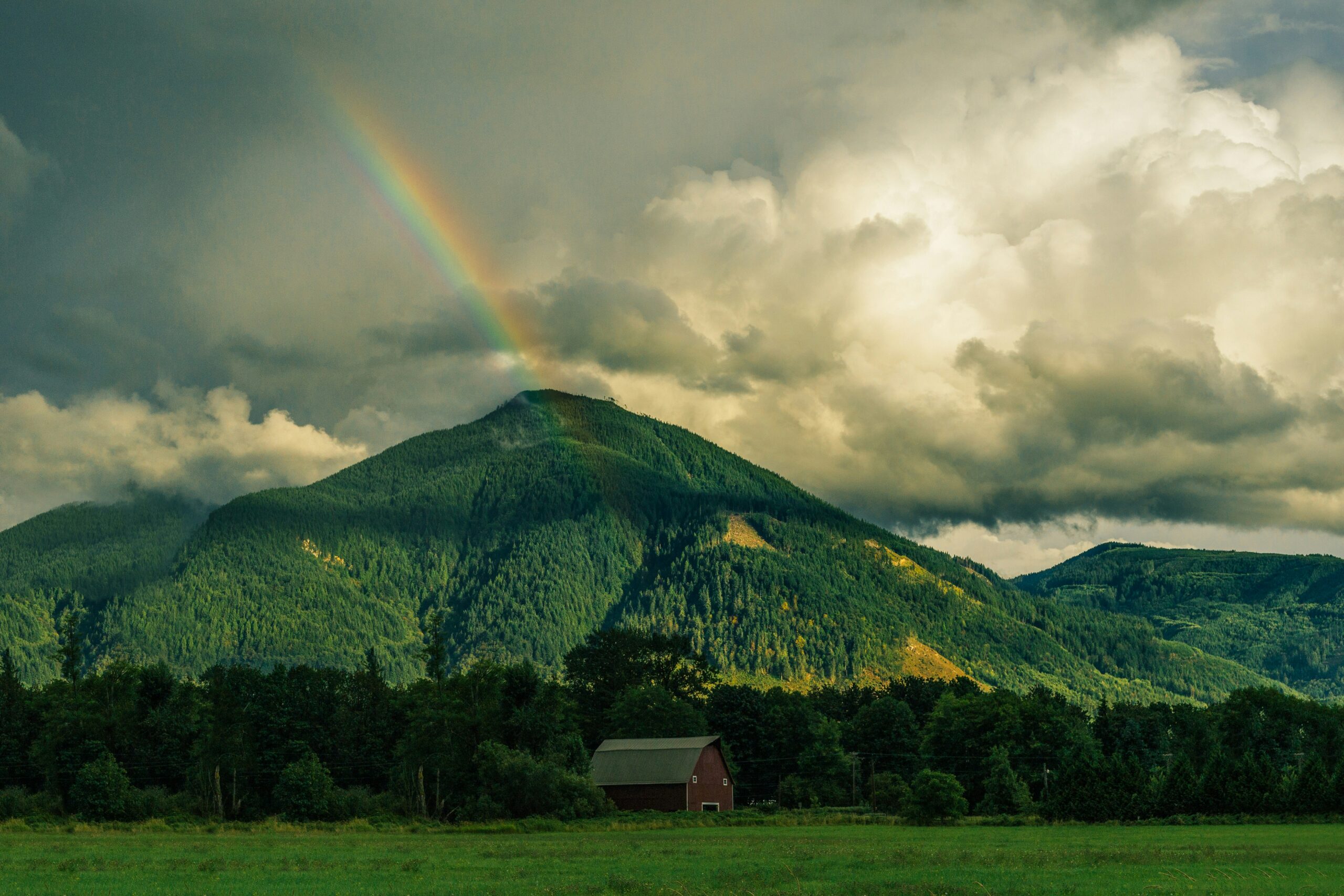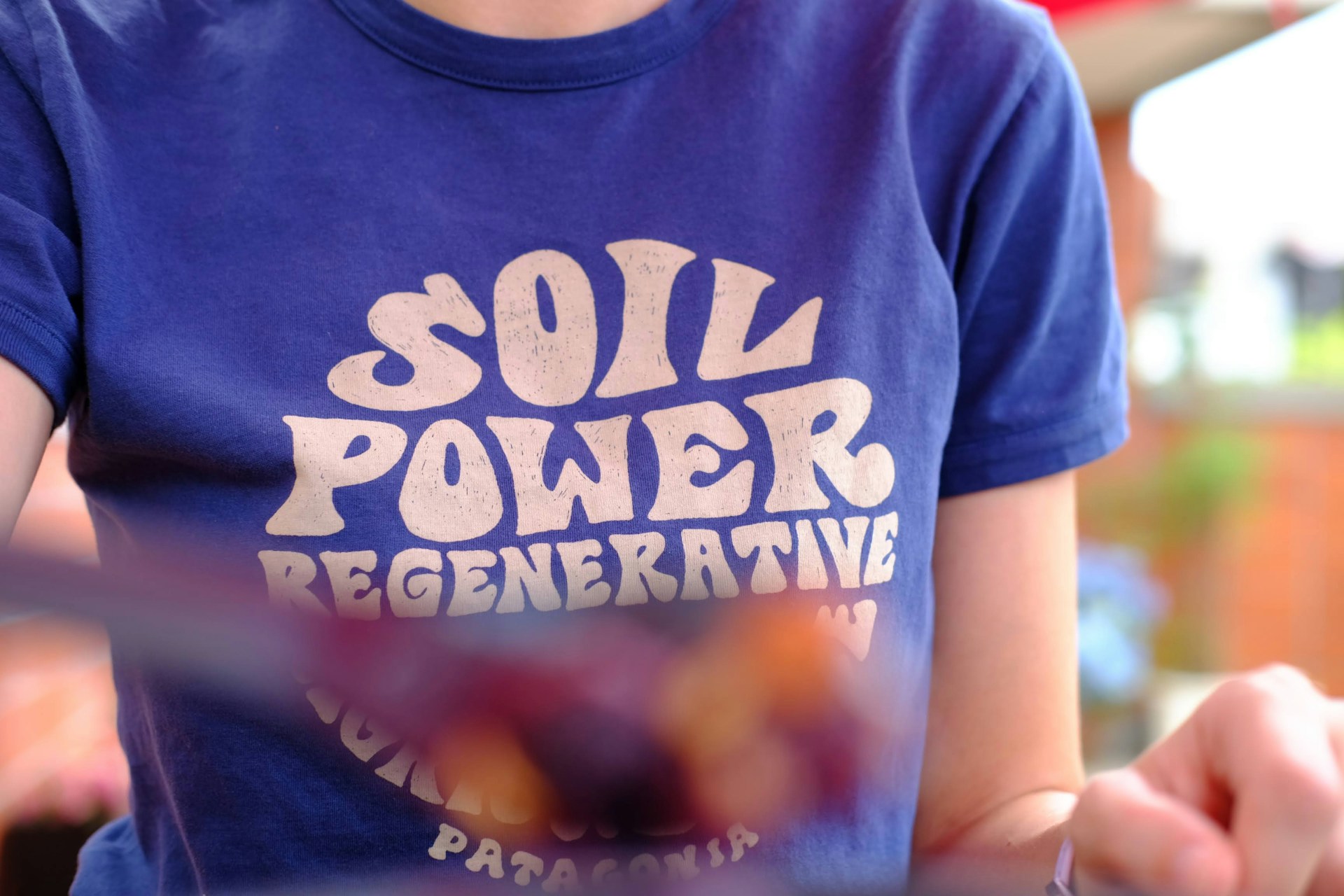I’ve talked some about scaling down/smaller systems and what it means for businesses. However, there’s a lot more to unpack here. At the heart of sustainable ag is resilience—the ability to adapt, withstand, and thrive amidst change. Investing in local supply chains is one of the most powerful ways businesses can foster resilience.
While it looks great on paper, the global supply chain model is incredibly vulnerable. We’ve seen that firsthand in the disruptions from COVID-19, but also less dramatic situations, like the worldwide chocolate shortage and the rising price of coffee. We’ve seen how war in one region like Ukraine affects the cost of food on the other side of the planet.
A single disruption—be it a pandemic, natural disaster, or geopolitical conflict—can ripple across continents, leaving businesses and consumers scrambling. On the other hand, local supply chains offer a different kind of strength.
The Case for Going Local
Once upon a time, most businesses got their materials and supplies locally. That changed with modern technology – railroads first, then big trucks, massive cargo ships, and aircraft. The problem is that the shift away from local suppliers puts supply chains at risk and isn’t sustainable.
In comparison, sourcing materials, supplies, or services from local providers isn’t just a nice idea—it’s a strategic move that benefits businesses, communities, and the planet. Here’s why:
- Resilience: Local supply chains are inherently more adaptable. By shortening the distance between producers and consumers, businesses reduce their exposure to global disruptions. Local suppliers have a deeper understanding of regional challenges and can adapt fast when issues arise.
- Economic Strength: When businesses invest locally, they help build strong local economies. This isn’t just about jobs. It’s about creating self-sustaining networks where money circulates within the community, fostering long-term stability and growth. In contrast, most of the money put into large businesses goes elsewhere.
- Environmental Benefits: Transportation is a major contributor to greenhouse gas emissions. Local sourcing reduces the need for long-distance shipping, cutting emissions and reducing the environmental impact of logistics.
- Community Trust: Consumers value businesses that support their communities. Working with local suppliers strengthens ties, builds goodwill, and creates a shared purpose.
Interconnected Local Networks: A Vision for the Future
Imagine a world where businesses in every region source primarily from local suppliers. Each area becomes a resilient hub, capable of meeting its own needs while contributing to a larger network of interconnected regions.
Here’s how it works:
- Local Independence: Each area builds community sufficiency through a range of local industries. Notice I didn’t say “self-sufficiency”. That’s because it’s a myth, just like pulling yourself up by your bootstraps. No one and nothing is self-sufficient.
- Interconnected Support: When one hub experiences a shortage or disruption, neighboring hubs provide support. This creates a dynamic system that balances local resilience with broader cooperation. Think of the Olympic logo (a series of interlocking rings). Each community is a whole, but tied into the greater whole and able to support those nearby in times of need.
- Shared Innovation: Local hubs can become innovation centers, sharing best practices and technologies that ripple outward, benefiting the whole collective. An area that pioneers regenerative agriculture practices can teach those concepts to people in other areas. Another region where sustainable construction thrives can share ideas and techniques with other regions. You get the idea.
This model mirrors natural ecosystems, where interconnected diversity creates strength and adaptability. Suzzane Simard discovered this in her forestry work: Competition is not the rule; cooperation and mutual support are.
How Businesses Can Support Local Supply Chains
Switching to local sourcing will require a mindset shift, but the rewards far outweigh the challenges. The good news is that it doesn’t have to be incredibly complicated. Start where you are and with what you have. Work toward a better tomorrow. Here are a few steps to get started:
- Audit Your Supply Chain: Map out where your materials and products come from. Identify opportunities to source closer to home. For instance, let’s say you run a small grocery store. Can you partner with local farmers and growers? What about other local producers who make things like soap or household goods?
- Build Relationships: Partner with local suppliers and producers. Strong relationships create trust, reliability, and a shared commitment to quality. Identify those businesses within your area that can supply what your customers want to buy and start talking to them.
- Prioritize Sustainability: Work with local suppliers who share your values around environmental stewardship and fair labor practices.
- Educate and Advocate: Use your platform to highlight the benefits of local sourcing, encouraging consumers and other businesses to join the movement. Point out that you’re sourcing from local providers. Not only will your customers love you for it, but it will also show other business owners that support for locally sourced products and services is high, encouraging them to follow your lead.
Local Supply Chains as a Storytelling Opportunity
Your journey toward local sourcing isn’t just a business decision—it’s a story waiting to be told. Sharing your commitment to local supply chains can deepen your connection with customers, who increasingly value transparency and community-focused efforts.
Here’s how to incorporate it into your brand’s narrative:
- Share the stories of your local suppliers. Highlight their expertise, challenges, and contributions to the community.
- Be transparent about the process, including the obstacles you face. Authenticity builds trust.
- Celebrate the ripple effects—how your choice to source locally is creating jobs, reducing emissions, or supporting regenerative practices.
By going local and advocating and educating others to do so, you position your brand as a leader not just in sustainable agriculture, but in the movement to create a more resilient, equitable future.


